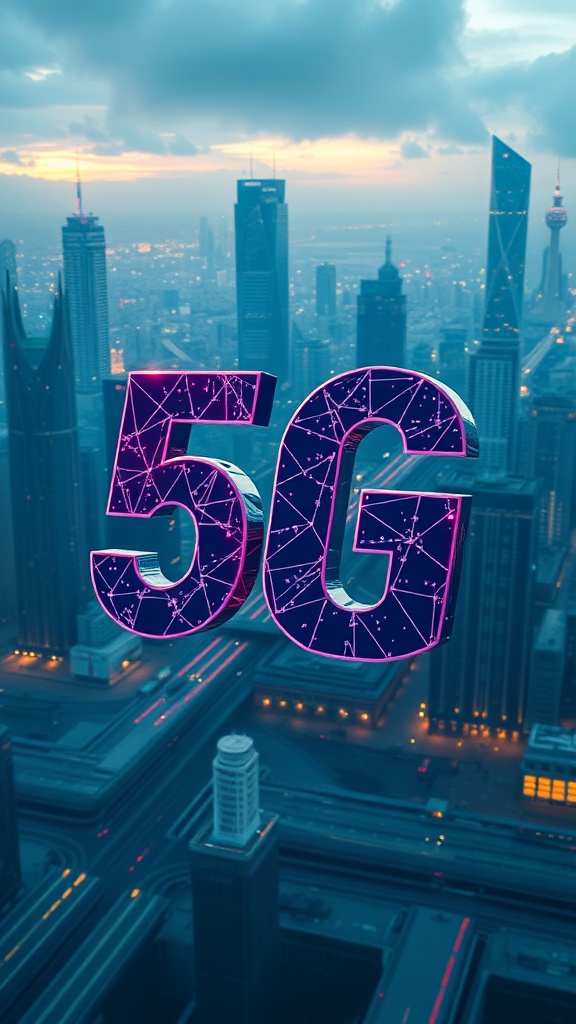5G is reshaping how cities, businesses, and everyday devices connect. With higher speeds, dramatically lower latency, and the ability to support massive numbers of devices, 5G unlocks practical Internet of Things (IoT) applications that were limited by previous wireless generations. For organizations planning smart-city projects or IoT rollouts, understanding 5G’s technical strengths and real-world trade-offs is essential.

What makes 5G different
– Low latency: Near-instantaneous response times enable real-time control for robotics, autonomous vehicles, and interactive services.
– Greater bandwidth: Gigabit-class throughput supports high-definition video, immersive experiences, and simultaneous sensor feeds.
– Massive device density: Networks can handle many more connected endpoints per square kilometer, a must for dense sensor deployments.
– Network slicing: Operators can carve virtual networks with tailored performance and security for specific use cases (public safety vs.
consumer broadband).
– Edge computing synergy: Processing data closer to the source reduces round-trip delays and cuts backhaul costs.
Practical smart-city and IoT use cases
– Traffic management: Real-time vehicle and pedestrian data allows dynamic signal timing, congestion prediction, and priority lanes for emergency vehicles.
– Public safety: High-resolution, low-latency video and sensor fusion support faster incident detection and coordinated responses.
– Utilities and infrastructure: Remote monitoring of water, power, and waste systems increases uptime, detects leaks, and enables predictive maintenance.
– Connected transit: Fleet telematics, passenger Wi-Fi, and condition-based maintenance improve reliability and rider experience.
– Environmental monitoring: Dense sensor grids track air quality, noise, and microclimate changes, feeding analytics for healthier urban planning.
– Healthcare and telemedicine: Mobile clinics and remote diagnostics benefit from reliable connectivity and low-latency video consultations.
Deployment challenges and considerations
– Coverage vs. capacity: High-frequency spectrum delivers capacity but has limited reach and indoor penetration. A mix of frequencies and small cells helps balance coverage.
– Device and equipment compatibility: Not all sensors and endpoints support 5G.
Gateways and protocol translation may be needed for legacy devices.
– Power and site logistics: Densifying networks increases site deployment needs and power demands—municipal planning must account for aesthetics and access.
– Security and privacy: More connected systems increase attack surfaces.
Implement strong encryption, zero-trust network principles, and privacy-by-design for citizen data.
– Business models and partnerships: Shared infrastructure, public-private partnerships, and neutral-host models can reduce costs and accelerate rollout.
Best practices for planners and implementers
– Start with a pilot: Validate use cases at scale in a limited geography before large investments.
– Design hybrid architectures: Combine 5G, Wi-Fi, and wired backhaul to optimize cost and reliability.
– Prioritize latency-sensitive and safety-critical services for edge compute and dedicated slices.
– Build flexible data platforms: Use open standards and APIs to avoid vendor lock-in and enable integration across departments.
– Engage the community early: Transparency about data collection and benefits builds trust and eases deployment approvals.
5G is a catalyst, not a standalone solution. When paired with edge computing, robust security, and thoughtful governance, it transforms sensors and systems into actionable intelligence.
Cities and enterprises that align technical choices with clear operational goals will see faster returns and more resilient services as connected infrastructure scales.